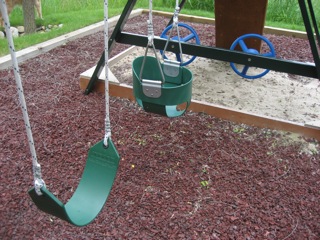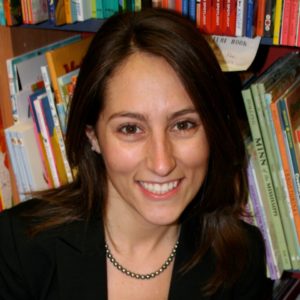 It is well known that providing typical peers for play with children on the autism spectrum is helpful as they learn from models of appropriate play. Good programs for ASD children provide for “reverse mainstreaming” where typical peers enjoy the same classroom and activities for a good portion of the kids’ day. Language models are especially helpful.
It is well known that providing typical peers for play with children on the autism spectrum is helpful as they learn from models of appropriate play. Good programs for ASD children provide for “reverse mainstreaming” where typical peers enjoy the same classroom and activities for a good portion of the kids’ day. Language models are especially helpful.
I have seen the benefits of inviting a typical peer to a speech session with a child on the autism spectrum. I see a higher level of language, play, and attention when a peer is included. Last week, a little girl from preschool joined our session with a 5 year-old boy. We start out on the swing set when the weather allows. One of our activities has been dubbed “The Opposite Game” by the little boy with whom I work. I started out calling out “What is the opposite of tall? wet? fast? girl? etc” as he names the opposite. Then I pick one of the opposites and we “brainstorm” more words in that category, using the great outdoors for some of our answers. “What is the opposite of same?” “Different.” Tell me some things that are the same.” So we alternate giving answers from the backyard picture in front of us. “Those bushes are the same,” as he nods to the row of shrubs that are identical. “The chimneys are the same,” says the little girl. “The steps are the same,” and on we go. I get a lot more responses out of my little client as he is egged on by his typical peer.
Next, he went through his dialogue from Toy Story, ending with “Blast off, to Infinity and Beyond!!” So, I said, where can we blast off to? He said, “The beach.” She added, “To fairyland.” He said, “To a museum, Florida, the pool, and so on.”
I congratulated them at being so good at brainstorming. They seemed proud to be associated with such a big word! Really we were thinking abstractly, naming things by category that involved some higher level concepts.
I told mom, this little girl can come back to play with us any day!



